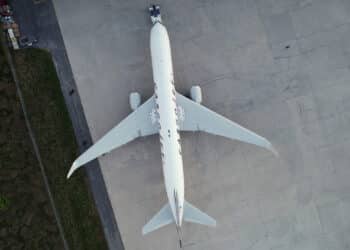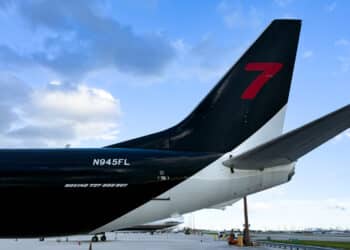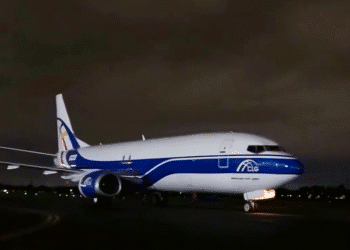Emirates undecided on new large-widebody freighter order
IATA World Cargo Symposium 2025
DUBAI — Emirates has yet to pick a winner in the new large-widebody freighter competition between Airbus’ A350F and Boeing’s 777-8F.
While each model offers its own advantages, Emirates also sees issues with both, the Dubai-based carrier told Cargo Facts at the IATA World Cargo Symposium 2025 today.

The Rolls-Royce Trent XWB-97 engines that power A350-1000s and will power A350Fs are giving Emirates pause, with Emirates President Tim Clark expressing concern in 2023 and 2024 about the engine variant’s performance and time on wing in the hot, sandy conditions of Dubai. The A350F’s entry into service has slipped to 2027.
With the 777-8F, the carrier would like more certainty around delivery timelines and early delivery slots, it said. Boeing will deliver the first unit in 2028 — assuming there are no further postponements — but the backlog for the new freighter grew by four units to fifty-nine as March 31.
Emirates said in 2024 that it expected to decide on its next-generation freighter orders by yearend.
In the meantime, the carrier has found other ways to add maindeck capacity. It has thirteen new 777Fs that will arrive through 2026, with the next two hopefully joining the fleet in the next couple of weeks, the carrier told Cargo Facts.
Emirates has also expanded its wet-leased fleet to six 747 freighters, with three Compass Air Cargo 747-400Fs (26559, 32866 and 32867), two ACT Airlines 747-400BDSFs (25641 and 25645) and one Aerotranscargo 747-400BDSF (26562) all flying on an ACMI basis for the Dubai-based combination carrier, it said.
As for the ten 777-300ERSF conversion slots that Emirates has ordered with IAI, even after IAI obtains its STC it may be several months before Emirates can send the first feedstock aircraft into conversion because all its 777-300ERs are flying in passenger service, it said.
Register now for Cargo Facts EMEA, an essential regional event for industry stakeholders, on May 6-8 at the Shangri-La Bosphorus in Turkey.





